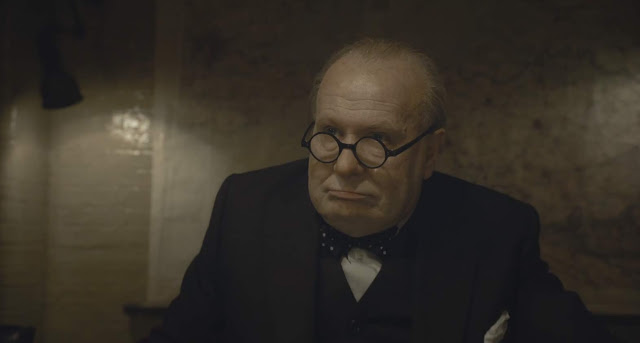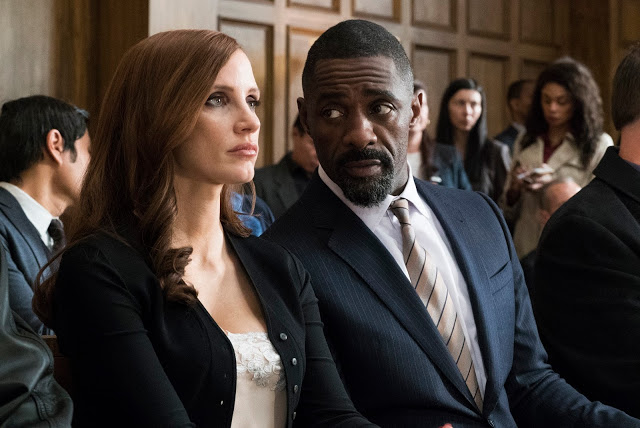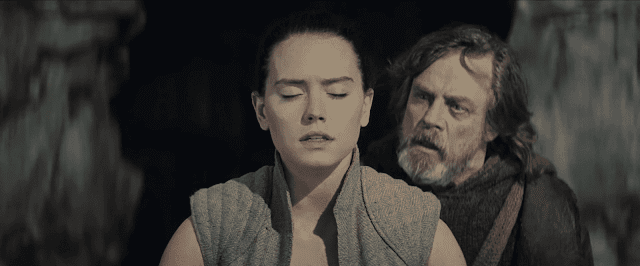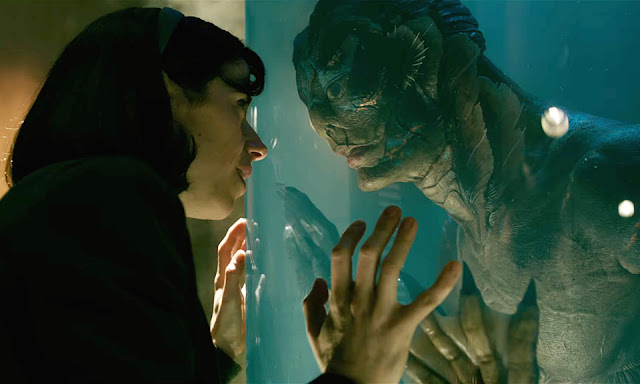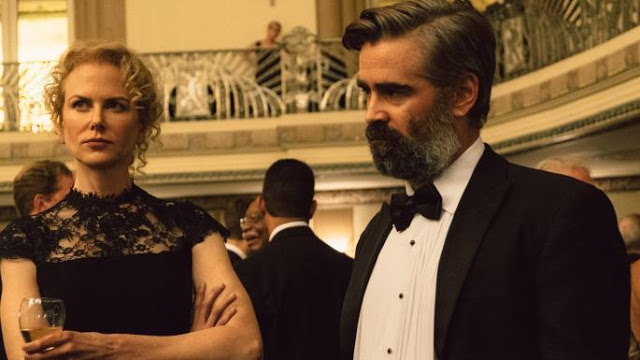Darkest Hour: Taking Power, Then Feeling Powerless
Let us dispense immediately with the obvious and unfortunate comparison: Darkest Hour is no Dunkirk. It isn’t designed to be, of course; Joe Wright’s terse examination of Winston Churchill’s tumultuous ascension to Prime Minister is styled as an informative docudrama and a thoughtful character study, not an epic war film. Still, it’s rotten luck for Wright’s movie that it opened a mere four months after Christopher Nolan’s, given that the gap in intensity between the two films equates roughly to the length of the English Channel. It’s tempting to suggest pairing them as a double feature—after all, both chronicle the fateful events of Europe in May of 1940, albeit from opposite sides of the Channel—but in the wake of the pulverizing heroics of Dunkirk, the political brawls of Darkest Hour feel more like a palette cleanser, or maybe a sleeping pill.
Again, this (dis)similarity is not Darkest Hour’s fault. And while it’s unlikely to get anyone’s pulse racing, this modest movie sports its own elegant pleasures, chief among them affirmation of its director’s silky cinematic talents. Ever since his feature debut (the deeply underrated Pride & Prejudice), Wright has demonstrated a knack for wielding classical tools—camera placement, composition, lighting—in ways that feel invigorating rather than staid. His formidable abilities are again on display here, operating with a visual panache that does wonders to enliven his wobbly, predictable narrative. In Wright’s hands, shafts of sunlight and swirls of shadow become characters in their own right, turning every frame of the film into its own gorgeously told micro-story. There’s always something stunning to see on screen in Darkest Hour, even if you’re also invariably just watching crusty old men argue. Read More

